A Year of Full-Scale Russia-Ukraine War: the Kharkiv Region
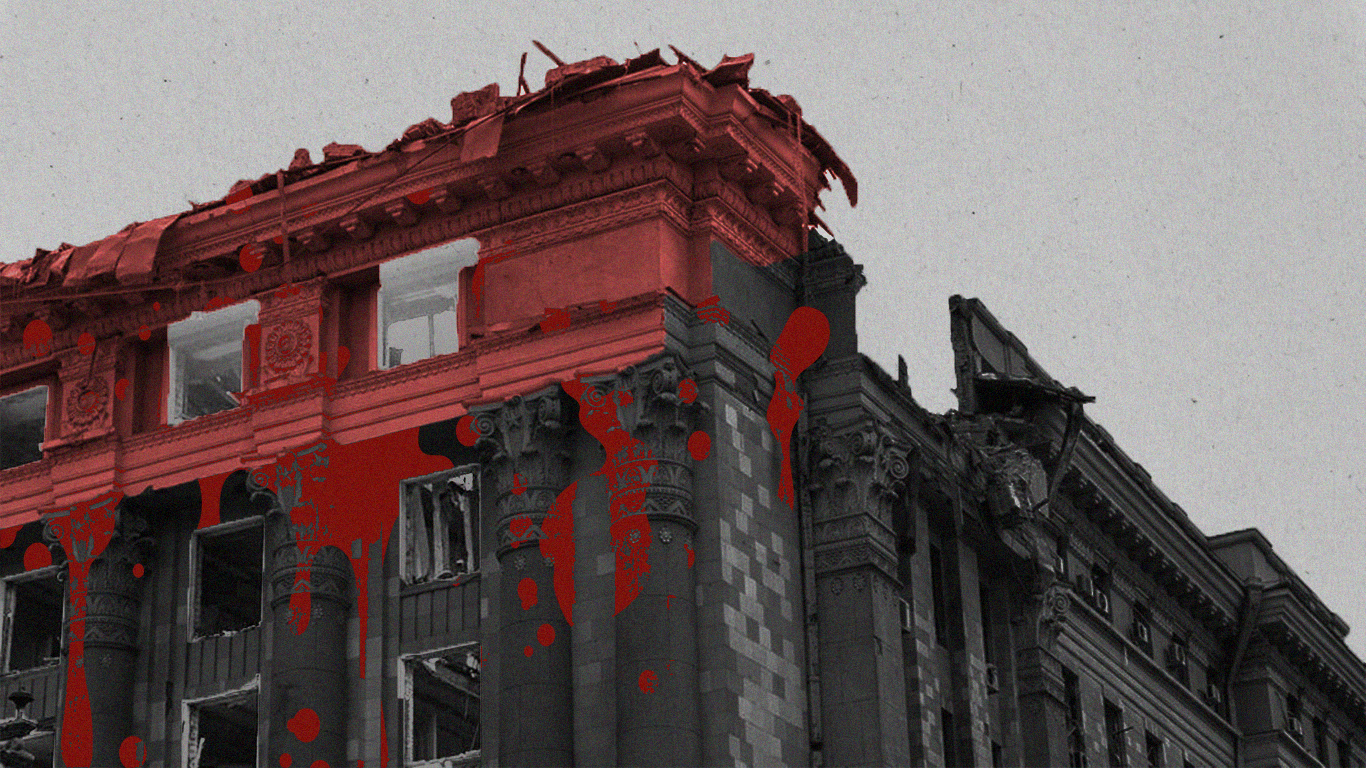
The Kharkiv Human Rights Protection Group documents international crimes (genocide, crimes against humanity, war crimes) allegedly committed by the Russian occupiers in the Kharkiv Region.
In this article, we publish a summary of the events that took place in the Kharkiv Region during this year and were documented by the Kharkiv Human Rights Protection Group in the “T4P” initiative database.
You can read more about our organization’s approach to documenting international crimes, allegedly committed by the Russian occupiers, in Yevhen Zakharov’s publication.
We also would like to draw your attention to the fact that the information in this publication is approximate, based on the data collected and is constantly updated[1]. Active collection of information continues—the Kharkiv Human Rights Protection Group asks eyewitnesses to send us information using the attached form.
1. General information about documented incidents
In total, our organization documented 9,252 incidents in the Kharkiv Region during the reporting period. When classified by type of event, the most recorded incidents were related to shelling or bombing–information about at least 6,048 such incidents was collected.
1.1. Location of documented incidents
Geographically documented incidents can be grouped as follows. The largest number of incidents was recorded in the territory of the City of Kharkiv—a total of at least 2,669 cases. Information about 2,335 more incidents was documented in the Kharkiv district.
Almost the same number of cases was recorded in the territory of the Izium district—a total of 2,236 incidents that can be preliminarily qualified as having signs of international crimes, allegedly committed by the Russian invaders, were entered into the database.
Information on at least 802 incidents was collected in the Kupiansk district of the Kharkiv Region; in the Chuhuiv district—about 733 more incidents. Also, 388 cases were recorded in the territory of the Bohodukhiv district; in the Lozova and Krasnohrad districts—–51 and 14 incidents, respectively.
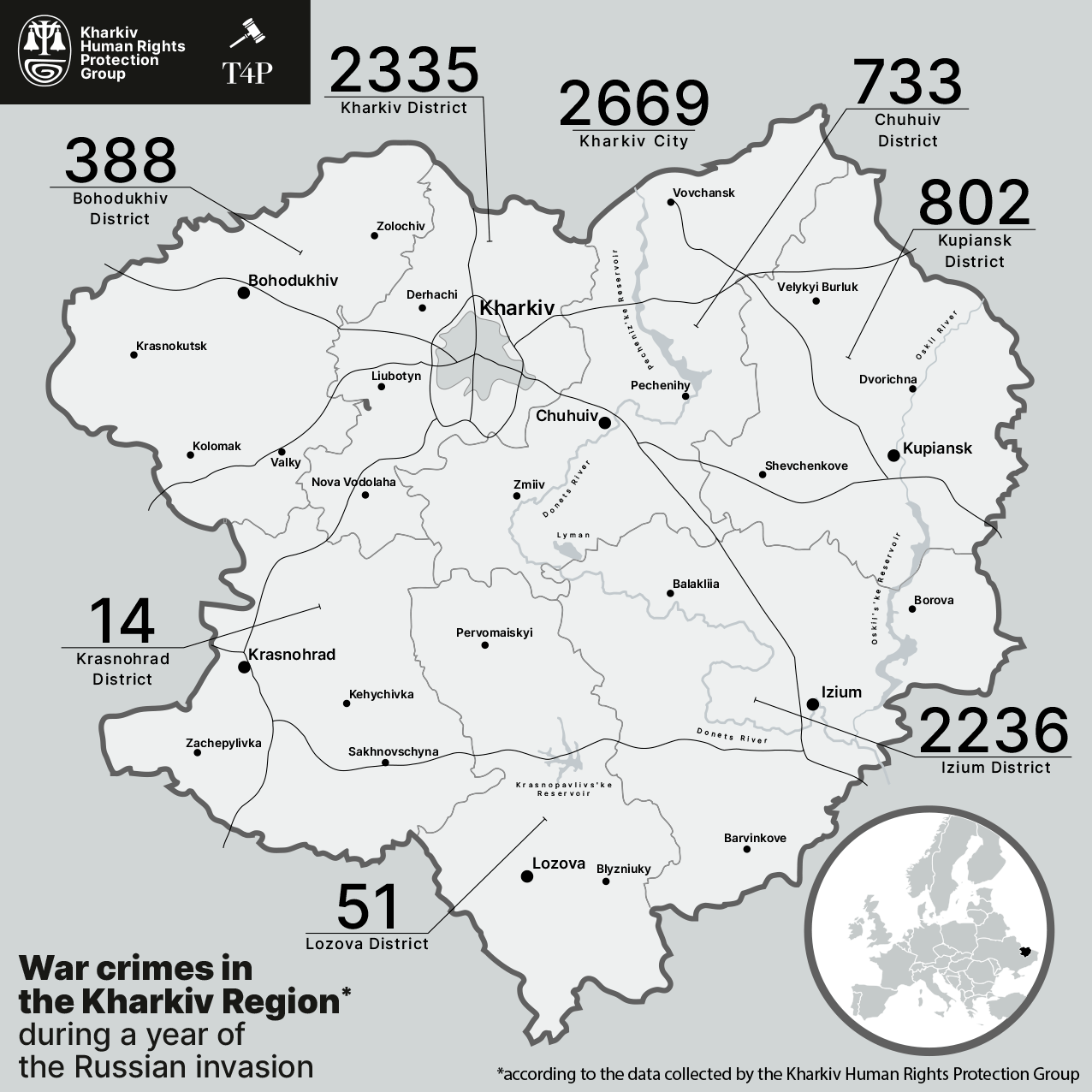
1.2. Chronology of documented incidents
Chronologically documented incidents can be grouped as follows. For the period from February 24 to March 31, 2022, the largest number of incidents was recorded—2,449 cases, which is more than a quarter of the total number of all documented in the region.
An additional 1,544 incidents were documented between April 1 and late spring 2022, which together with the above time period is about 43% of the total.
In the summer of 2022, our organization recorded another 1,338 incidents (almost 15%). In the autumn of 2022, information about 638 more cases that can be preliminarily qualified as having signs of international crimes, allegedly committed by the Russian invaders, was entered to the “T4P” database. From December 1, 2022 to February 23, 2023, another 267 incidents were documented in the region.

1.3. Information about personal data associated with documented incidents
Much of the information that is subsequently documented by the KHPG in the database is obtained through voluntary personal contacts with direct victims or witnesses of war crimes. With the consent of the person, their story can also be recorded in the form of an interview and published in text on the KHPG website in the section “Voices of War” and/or in video on the Kharkiv Human Rights Protection Group YouTube channel.
Focusing in the process of collecting information on specific personalities gives us the opportunity to effectively document data about witnesses and victims of international crimes that can be used in future trials.
To date, personal data of at least 3,550 witnesses and victims of international crimes allegedly committed by the Russian occupiers, as well as 10 probable perpetrators of such crimes, have been recorded in the Kharkiv Region.
In total, personal data of at least 2,702 victims, 457 witnesses and no less than 391 victims were collected and processed in the region.
The largest number of personal information of victims was documented in the Izium district of the region (no less than 1,024 persons); a large amount of data was also collected in the City of Kharkiv (602 victims) and the Kharkiv district (573 victims).
Data of at least 232 dead persons were documented in the Izium district; information about another 75 and 34 dead people was collected in the territory of the City of Kharkiv and Kharkiv district, respectively.
2. Information about victims among the civilian population
During the year of the full-scale Russia-Ukraine war, the Kharkiv Human Rights Protection Group documented at least 3,573 incidents involving civilian casualties or violations of human rights.
In total, our team collected and processed information on at least 6,395 people who became victims of international crimes, allegedly committed by the Russian occupiers in the Kharkiv Region. Among these people, according to our data, at least 295 are children [2].
2.1. Information on deaths of civilians
During the reporting period, the KHPG documented a total of at least 847 incidents involving the death of civilians, within which information was collected on 1,609 civilian deaths, including at least 93 children.
The largest number of such incidents was recorded in the Izium district of the Kharkiv Region—a total of at least 329 cases and 708 deaths, including 48 children, were recorded.
During the year of the full-scale war the Kharkiv Human Rights Protection Group collected information on 168 incidents involving the death of civilians in the City of Kharkiv, within which at least 338 deaths (11 were children) were recorded. In the Kharkiv district of the region, 124 such incidents and 206 dead people, including eight children, were documented.
Also, 77 incidents (121 deaths, including five children) were recorded in the Chuguyiv district, 73 incidents (98 deaths, including at least one child)—in the Bogodukhiv district, 66 incidents (120 deaths, of which 18 children)–in the Kupiansk district, five incidents (five dead, of which two children)—in the Lozova district, one incident (two dead)—in the Krasnohrad district.
2.2. Information on the injured among the civilian population
During the reporting period, our organization documented a total of at least 754 incidents related to injury or other harm to health, within which the data on 1,840 injured persons, including at least 88 children, was collected.
The largest number of such incidents (166) was recorded in the Kharkiv district of the region. As part of these incidents, information was collected on 305 injured persons, including at least four children. Almost the same number of cases(160) was documented in the regional center: available data on 644 victims, of which 19 are children.
In the Chuhuiv district, the KHPG collected information on 135 incidents related to injury or other harm to health, and 255 injured persons, including 12 children. 118 incidents and 324 injured persons, including 28 children, were documented in the Iziumdistrict.
Also, 111 incidents (208 victims, of which 19 are children) were recorded in the Kupiansk district, 50 incidents (74 victims, including at least four children)—in the Bohodukhiv district, 10 incidents (21 victims, of which two children)—in the Lozova district, two incidents and seven victims—in the Krasnohrad district.
2.3. Information on the disappearance of civilians
During the year of the full-scale war, the KHPG recorded 1,629 incidents related to the disappearance of civilians in the territory of the Kharkiv Region, and collected information on 1,967 missing persons, including, according to our data, at least 86 children.
The largest number of disappearance cases was documented in the territory of the Izium district, where information on 735 incidents and 982 missing persons, including 42 children, was collected. A total of 502 cases of disappearance were recorded in the Kharkiv district and the City of Kharkiv, within which information on 555 missing persons (15 children) was collected.
Also, 224 incidents (239 missing persons, including 21 children) were documented in the Kupiansk district, 114 incidents (125 missing persons, including at least two children)—in the Chuhuiv district, 14 incidents (14 missing persons, including four children)—in the Bohodukhiv district, 13 incidents (15 missing persons, of which two are children)—in the Lozova district, five incidents (seven missing persons, of which at least one is a child)—in the Krasnohrad district.
2.4. Information on rape and other human rights violations
Based on information documented in the “T4P” initiative database, cases of possible rape of at least seven civilians in the Kharkiv Region, including, according to our information, two children, were recorded.
Our organization also managed to collect and record in the database information about alleged violations of the rights of at least 972 civilians in the Kharkiv Region, of which at least 26 are children. In particular, the KHPG documented alleged facts of severe deprivation of physical liberty, torture and inhuman treatment, forced mobilization of the population by the Russian military, mass deportation of the civilian population to Russia, appropriation of civilians’ property, etc.
2.5. Information about the affected children
The Kharkiv Human Rights Protection Group pays particular attention to documenting information about international crimes allegedly committed by the Russian occupiers against Ukrainian children. Our organization provides legal and psychological assistance to such children, adhering to high international standards of communication with this particularly vulnerable category of war victims.
During the year of the full-scale war, the organization documented 227 incidents where children became victims. In total, the KHPG collected information on 295 affected children in the region—at least 93 children died, 88 were injured and 86 were missing.
Our organization has also prepared a special analytical publication devoted to the topic of the illegal forcible transfer of Ukrainian children to Russia. We believe that these acts can be preliminarily qualified as a crime against humanity and a crime of genocide, and we continue to work on the proper documentation of these illegal acts to present the collected information and justify the appropriate legal position within the international criminal investigation procedures.
3. Information on civilian infrastructure facilities that have been damaged as a result of hostilities
During the year of the full-scale war, our organization collected information on the damage to at least 7,588 objects of civil infrastructure in the Kharkiv Region.
The most of documented objects that were destroyed or damaged as a result of hostilities are residential buildings—a total of 4,759 such buildings were recorded in the “T4P” database.
According to our data, no less than 901 business and commercial facilities were damaged or completely destroyed as a result of hostilities. In addition, the KHPG documented damage to 854 cars and trucks.
Also, among others, damage to the following objects was recorded:
|
Вид об’єктів |
Кількість |
|
Buildings dedicated to education |
315 |
|
Transport infrastructure facilities |
237 |
|
Life support infrastructure facilities |
123 |
|
Buildings dedicated to art and entertainment establishments |
76 |
|
Hospitals and places where the sick and wounded are collected |
71 |
|
Governmental buildingsand NGOs |
69 |
|
Buildings and objects dedicated to religion |
53 |
|
Farmland, forests |
53 |
|
Historic monuments |
36 |
|
Not specified |
41 |

3.1. Information on residential and household buildings that have been damaged as a result of hostilities
Within this category, various buildings and objects used to meet the residential needs of the population are documented, in particular, multi-apartment and private residential buildings, garages, utility buildings, etc.
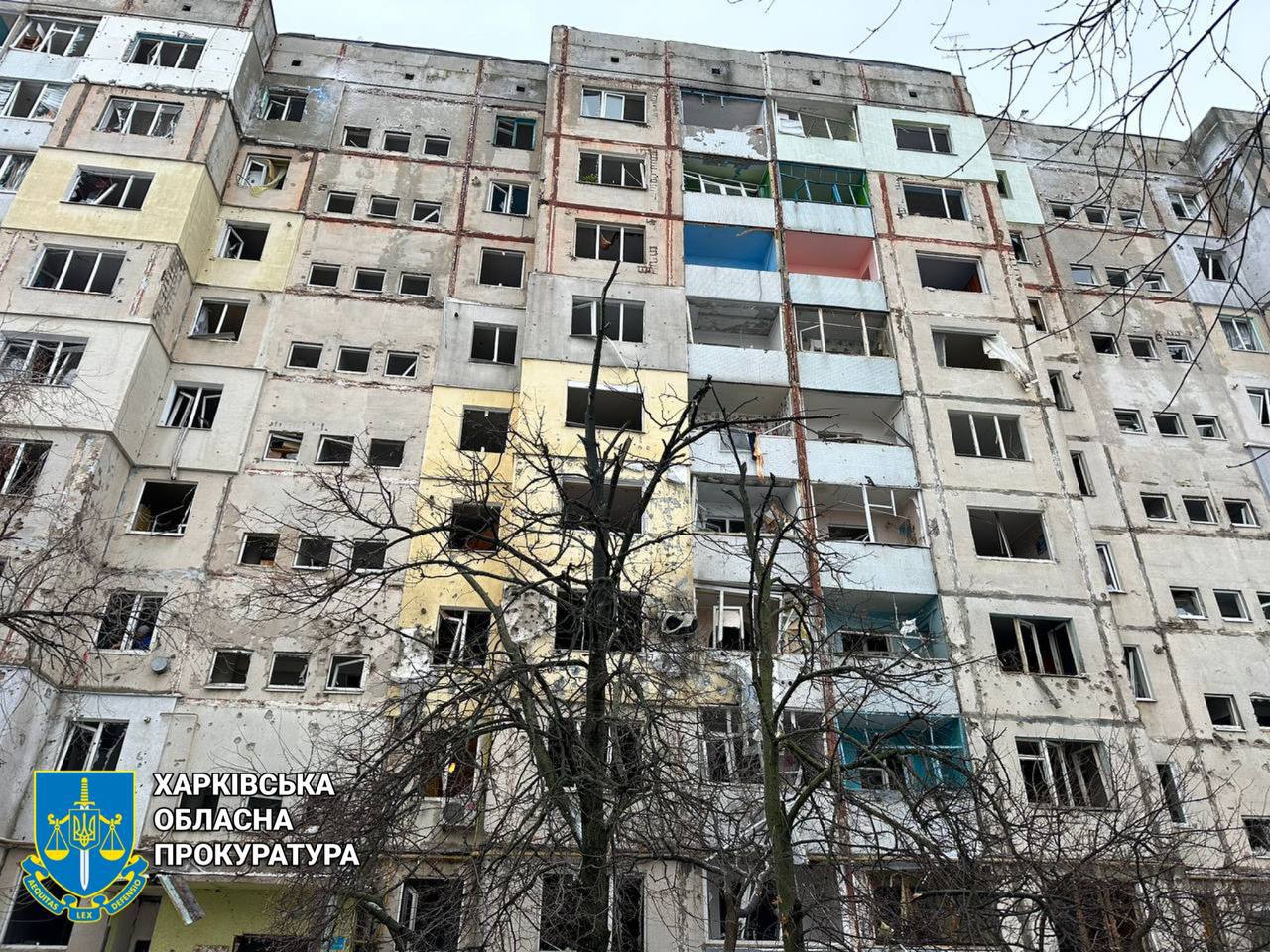
The most damaged or completely destroyed such buildings (1724) were documented in the Kharkiv district of the region. A significant number was also recorded in the regional center—in the territory of Kharkiv, according to the “T4P” database, no less than 1,373 such objects were damaged.
Also, 574 objects of this type were destroyed or damaged in the Izium district; another 465 objects—in the Bohodukhiv district. We managed to collect data on the damage of 295 objects in the Chuhuiv district, on 208 damaged objects—in the Kupiansk district, on 93 and 26 objects—in the Lozova and Krasnohrad districts, respectfully.

3.2. Information on buildings dedicated to education that have been damaged as a result of hostilities
This category contains collected information about various educational facilities, the destruction or damage of which as a result of hostilities was documented by our organization during the reporting period. In particular, this category includes schools, lyceums, gymnasiums, kindergartens, university buildings, scientific institutions and centers, vocational schools, etc.
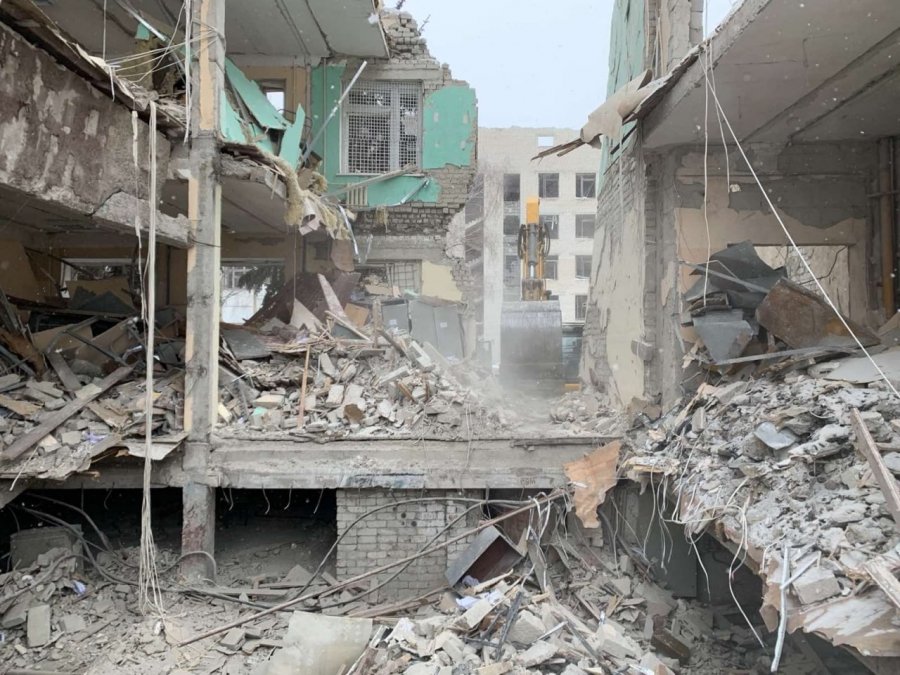
The largest number of damaged or destroyed objects of this type (172) was documented in the City of Kharkiv.
Also, damage or destruction of 47 objects of educational purpose was recorded in the Kharkiv district of the region, another 39 such buildings or objects—in the Izium district.
Damage to 20 objects of this type was documented in the Kupiansk district, to 18 objects—in the Chuhuiv district, to 17 objects—in the Bohodukhiv district, and to two objects—in the Lozova district.

3.3. Information on hospitals and places where the sick and wounded are collected that have been damaged as a result of hostilities
The Kharkiv Human Rights Protection Group documents cases of damage or destruction of medical facilities as a result of hostilities. This category includes damage to adult and children hospitals, emergency medical care centers, polyclinics, health centers, perinatal centers and other facilities.
![Ізюмська міська лікарня, яка до початку повномасштабного вторгнення обслуговувала близько 150 тисяч людей. Фото з телеграм-каналу Олега Синєгубова [лікарні ізюмська лікарня воєнні злочини рф] Izium central hospital](https://khpg.org/files/img/1608815590.jpg)
The largest number of such cases (25) was recorded in the City of Kharkiv. Damage to 14 more institutions of this type was documented in the Kharkiv district of the region.
Also, our team collected information on the damage to at least 12 medical facilities in the Izium district, to seven objects–in the Kupiansk and Chuhuiv districts each, to six facilities–in the Bohodukhiv district.
It is worth noting that the KHPG prepared a publication regarding the information about attacks on the medical infrastructure of the Kharkiv Region. In the article, the author concludes that these acts can be preliminarily qualified as violations of international humanitarian law and as war crimes under Article 8 (2) (b) (ix) of the Rome Statute of the International Criminal Court.

3.4. Information on business and commercial facilities that have been damaged as a result of hostilities
Within this category, information about various objects related to business activity and commercial purposes that were damaged as a result of hostilities was documented, in particular, shops, stores, malls, markets, offices, post offices, car service stations, hotels, and others.
The most damaged objects of this type (371) were recorded in the Сity of Kharkiv. Information on another 222 objects was collected in the Kharkiv district of the region.
Also, at least 114 business facilities were damaged in the Iziumdistrict of the Kharkiv Region, and 99 more—in the Kupiansk district. Damage was recorded to 45 and 43 objects of this type, respectively, in the Chuhuiv and Bohodukhiv districts, and to seven objects—in the Lozova district.

3.5. Information on life support and transport infrastructure facilities that have been damaged as a result of hostilities
The largest number of such cases was documented in the City of Kharkiv–in total, data were collected on 193 destroyed or damaged objects.
According to our information, at least 45 and 40 objects of this type were damaged in the Kharkiv and Bohodukhivdistricts of the region, respectively. Damage was documented to 32 objects in the Chuhuivdistrict, 31 objects in the Iziumdistrict, 15 objects in the Kupiansk district, at least one object in the Lozova and Krasnohrad districts each.
Also, a special analytical article was published on the Kharkiv Human Rights Protection Group’s website, which is devoted to responsibility for the shelling of energy infrastructure facilities. In the material, the author concludes that most attacks on Ukrainian energy infrastructure violate international humanitarian law and can be preliminarily qualified as war crimes by the Russian military, and the speeches of the Russian top leadership on this topic can become part of the evidence base for the so-called command responsibility for these specific war crimes.
4. Information on the types of events that were documented during the study period
During the year of the full-scale Russia-Ukraine war, the team of the Kharkiv Human Rights Protection Group documented information on at least 9,252 incidents in the territory of the Kharkiv Region.
![© Жером Барбоса [харків багатоповерхівки руйнування місто війна чб дитячий майданчик ракета приліт снаряд] © Jérôme Barbosa](https://khpg.org/files/img/1608816271.jpg)
Almost two-thirds of all recorded incidents relate to shelling and bombing–in total, information on 6,048 such cases was collected. Also, a significant amount of collected data relates to disappearance of people—during the reporting period, the KHPG documented 1,642 incidents.
In addition, our organization has documented information on the following events:
|
Type of event |
Incidents documented |
|
Utilizing the presence of a civilian or other protected person to render certain points, areas or military forces immune from military operations |
234 |
|
Torture, inhuman treatment |
221 |
|
Severe deprivation of physical liberty |
207 |
|
Explosive device |
141 |
|
Appropriation of property of civilians |
141 |
|
Small arms fire |
114 |
|
Wilful killing of a civilian (murder) |
83 |
|
Capture of a civilian building |
68 |
|
Wilful causing great suffering, or serious injury to body or health |
24 |
|
Deportation or forcible transfer of population to Russia |
20 |
|
Commitment of outrages upon personal dignity |
14 |
|
Rape |
12 |
|
An attack against personnel, installations, material, units or vehicles involved in a humanitarian assistance |
7 |
|
Forced conscription |
2 |
|
Not specified |
29 |

4.1. Information on incidents related to shelling and bombing
According to the data documented in the “T4P” database, the most hits from shelling and bombing were recorded in the City of Kharkiv—in total, information on 2,047 incidents was collected. A significant number of such incidents (1,862) was also documented in the Kharkiv district of the region.
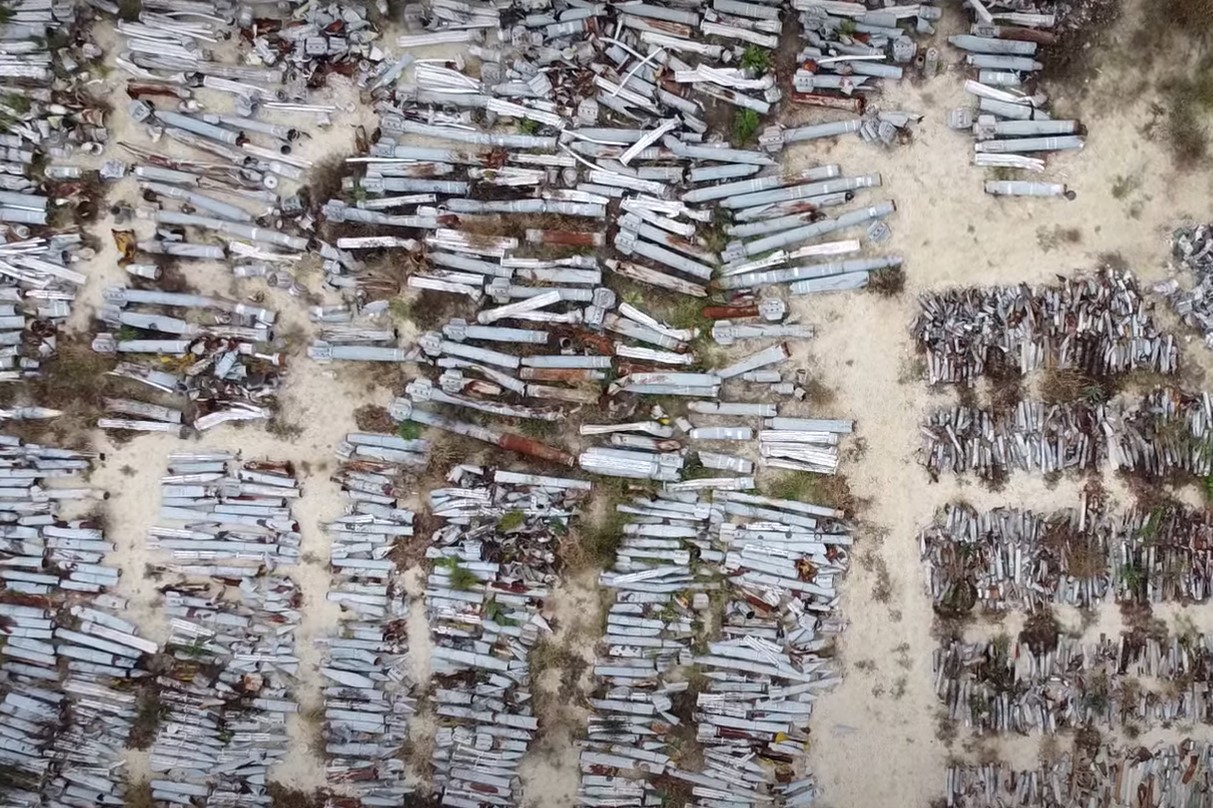
Information on 917 incidents was collected in the Izium district of the Kharkiv Region. Also, 497 such incidents were documented in the Chuhuiv district, 354 incidents—in the Kupiansk district, 329 incidents—in the Bohodukhiv district, 26 and eight incidents—in the Lozova and Krasnohrad districts.

4.2. Information on incidents related to the disappearance of people
The largest number of incidents related to the disappearance of people was documented in the territory of the Iziumdistrict of the Kharkiv Region–information on at least 741 episodes was recorded.
Also, 286 incidents were previously recorded in the City of Kharkiv, 229 and 215 incidents—in the territory of the Kupiansk and Kharkiv districts, respectively. Information on 117 incidents of disappearance was collected in the Chuhuiv district, 14 and 13 incidents—in the Bohodukhiv and Lozova districts, respectively, and five incidents—in the Krasnohrad district.

4.3. Information on incidents related to severe deprivation of physical liberty and torture
More than half of all documented incidents related to severe deprivation of physical liberty and torture were recorded in the territory of the Izium district—in total, information was collected on 253 such cases.
Also, 83 incidents were documented in the Kupiansk district of the Kharkiv Region, 56 incidents–in the Kharkiv district, 34 more incidents—in the Chuhuiv district.
4.4. Information on incidents related to damage caused by mines and other explosive devices
According to data collected by our organization, 40 incidents related to damage caused by mines and other explosive devices were recorded in the Kharkiv and Izium districts of the region.
At least 31 such incidents were documented in the territory of the Chuhuiv district of the region. Also, 14 such cases were documented in the Kupiansk and Bohodukhiv districts of the region, and one incident–in the City of Kharkiv.
At the end of January 2023, the KHPG prepared an article containing more in depth information regarding damage caused by mines and other explosive devices in the Kharkiv Region.
4.5. Information on incidents related to the use of civilians and civilian objects as “human shields”
The largest number of incidents (94) related to the use of civilians and civilian objects as “human shields” was recorded in the Kupiansk district of the Kharkiv Region. Almost the same number (91) was documented in the territory of the Iziumdistrict.
Also, 39 such incidents were documented in the Kharkiv district of the region, five incidents—in the Chuhuiv district, four incidents–in the City of Kharkiv, and one incident—in the Bohodukhiv district of the region.
Recently, our organization published an article that examines collected information on cases of utilizing the presence of a civilian or other protected person to render certain points, areas or military forces immune from military operations and provides a concise legal characteristic of such actions.
5. Information on documented facts that can be preliminarily qualified as international crimes allegedly committed by the Russian occupiers
According to the information we collected, during the year of the full-scale war, in the territory of the Kharkiv Region our organization documented the following facts, which can be preliminarily qualified as international crimes, allegedly committed by the Russian occupiers:
| Preliminary qualification of an event | Incidents documented |
|
RS 8 (2) (b) (ii) Attack on a civilian object |
2,983 |
|
RS 8 (2) (b) (iv) Destruction or damage to property |
2,224 |
|
RS 8 (2) (b) (iv) Injury of a civilian person due to shelling |
678 |
|
RS 8 (2) (b) (iv) Death of a civilian person due to shelling |
656 |
|
RS 8 (2) (b) (ix) Damage or destruction of historical monuments, hospitals, religious buildings, education, science and art institutions |
454 |
|
RS 8 (2) (b) (xx) Employing weapons or methods of warfare that cause superfluous damage or indiscriminate suffering of people, or causes indiscriminate destruction, or is prohibited by international agreements |
303 |
|
RS 8 (2) (b) (xxiii) Utilizing the presence of a civilian or other protected person to render certain points, areas or military forces immune from military operations |
242 |
|
RS 7 (1) (f) or 8 (2) (а) (іі) Torture or inhuman treatment of civilians or military |
219 |
|
RS 7 (1) (е) Illegal imprisonment or other severe deprivation of physical liberty |
202 |
|
RS 7 (1) (i) Enforced disappearance of a person |
143 |
|
RS 7 (1) (а) or 8 (2) (а) (i) Wilful killing of a civilian by a firearm or another weapon |
132 |
|
RS 8 (2) (b) (xx) Mining of territories, settlements or civilian objects with anti-personnel mines, anti-tank mines, trap mines, as well as the use of remote mining systems |
105 |
|
RS 8 (2) (a) (iv) Extensive destruction or appropriation of property |
101 |
|
RS 8 (2) (b) (xvi) Pillaging a town or place, even when taken by assault |
95 |
|
RS 8 (2) (а) (ііі) Wilful causing great suffering, or serious injury to body or health |
43 |
|
RS 8 (2) (b) (v) Shelling of a settlement without consequences |
26 |
|
RS 7 (1) (d) or 8 (2) (а) (vii) or 8 (2) (b) (viii) Deportation or forcible transfer of population to Russia |
21 |
|
RS 8 (2) (b) (iii) An attacks against personnel, installations, material, units or vehicles involved in a humanitarian assistance |
16 |
|
RS 8 (2) (b) (xxi). Commitment of outrages upon personal dignity |
13 |
|
RS 8 (2) (b) (xxii) Rape |
12 |
|
RS 8 (2) (b) (iv) Damage to the natural environment due to shelling |
7 |
|
RS 8 (2) (b) (xxv) Obstructing humanitarian missions in providing food or water, destruction of supplies of food or drinking water |
4 |
|
RS 8 (2) (b) (xvii) or 8 (2) (b) (xviii) Use of chemical or other poisonous weapons, including phosphorus bombs |
4 |
|
RS 8 (2) (a) (ii). Use of an inappropriate place for detention |
3 |
|
RS 8 (2) (a) (v) Compelling a prisoner of war or other protected person to serve in the forces of a hostile Power |
2 |
|
RS 8 (2) (b) (vii) Making improper use of the flag or of the military insignia and uniform of the enemy |
2 |
|
RS 8 (2) (a) (viii) Taking of hostages |
1 |
These data require clarification. The category names in the “Preliminary qualification of an event” column is in no case an accurate description of an international crime under the Rome Statute of the International Criminal Court, and is provided for information purposes only. Only the court is authorized to provide the final qualification of the event.
Conclusions
Having analyzed the documented information it can be stated that during the year of the full-scale Russia-Ukraine war a significant number of events that can be preliminarily qualified as international crimes, allegedly committed by the Russian occupiers, took place.
In particular, the constant analysis and clarification of the entire array of collected data give us the opportunity to preliminarily qualify the mentioned events as war crimes in accordance with Article 8 paragraph (2) (a) and (2) (b) of the Rome Statute of the International Criminal Court, as crimes against humanity in accordance with Article 7 paragraph (1) of the Rome Statute of the International Criminal Court, and as genocide under Article 6 of the Rome Statute of the International Criminal Court.
The Kharkiv Human Rights Protection Group continues to document, update and research information in order to form, properly present and argue the above-mentioned legal opinions within the framework of international criminal investigation and procedures of international judicial institutions.
Information collection is ongoing. If you can provide additional information, please use the form.
The author is grateful to the whole KHPG team, without the joint coordinated and dedicated work of which this summary would be impossible.
The Kharkiv Human Rights Protection Groupexpresses its gratitude to our donors, in particular, the European Union, People in Need, the Prague Civil Society Centre, OpenArchive, the United States of America Embassy, the USAID, DIGNITY– Danish Institute Against Torture and individual philanthropists, without whom all our work would be either impossible or feasible on a much more modest scale.
[1]The KHPG draws attention to the fact that compilation of the Summary takes a certain amount of time, during which the information in the database is constantly updated and supplemented. In this regard, the information in some sections of this publication may differ or not completely coincide with each other. You can refer to the relevant section of the “T4P” initiative website to obtain “online” information.
[2] Here and further, the information on the number of affected children is additionally revised.





